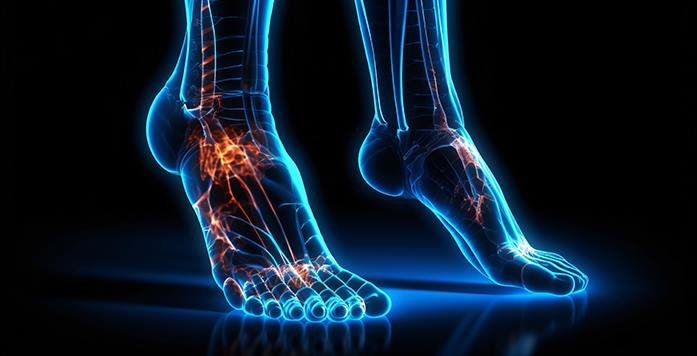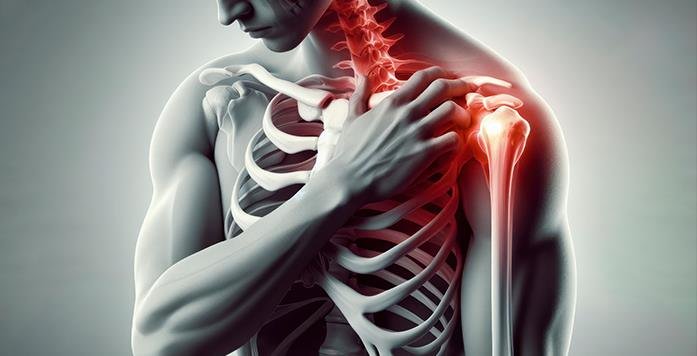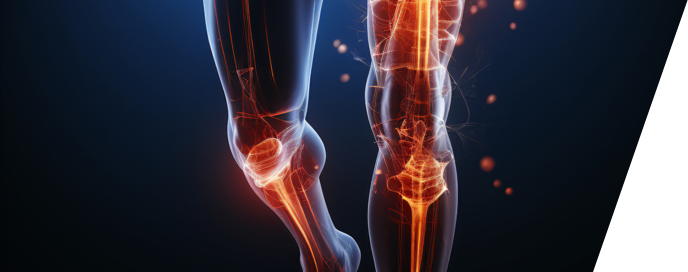Ankylosing spondylitis
Ankylosing spondylitis is mostly affecting the spine, resulting in inflammation of the sacroiliac joints (the joints that connect the pelvis to the spine) and vertebrae (the bones that make up the spine). Psoriatic, reactive, and enteropathic arthritis are among the rheumatic illnesses that comprise the spondylarthritis category, which includes AS. Ankylosing spondylitis is characterized by inflammation of the sacroiliac joints, which can cause lower back and buttock discomfort and stiffness.
- Anti-neutrophil cytoplasmic antibodies
- Juvenile spondyloarthropathies
- Tumor necrosis factor-alpha
- Conventional synthetic antirheumatic drugs
- Proprioceptive neuromuscular facilitation
- Erythrocyte sedimentation rate






























